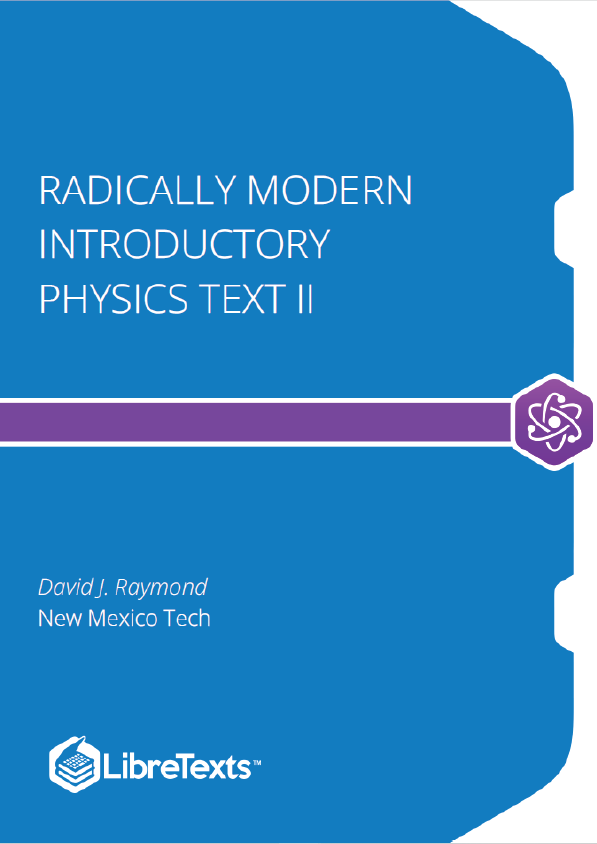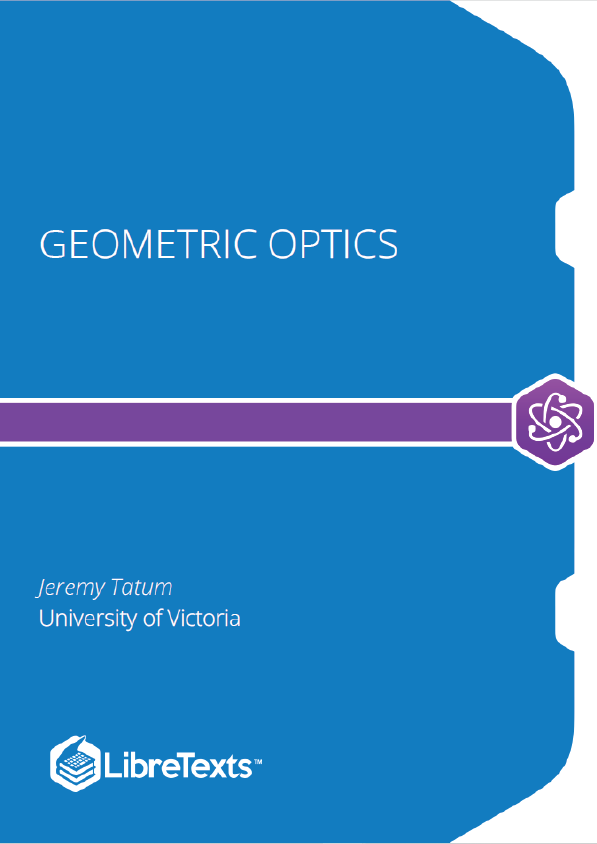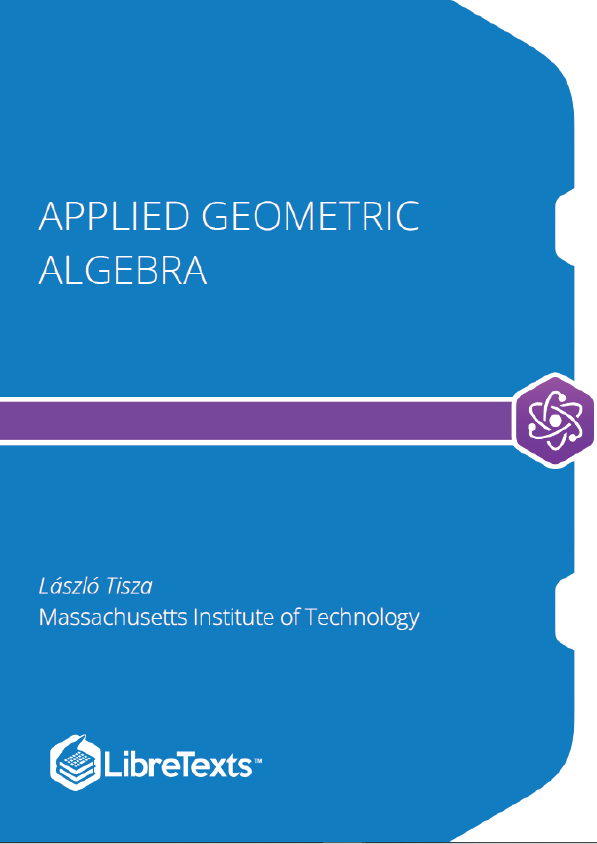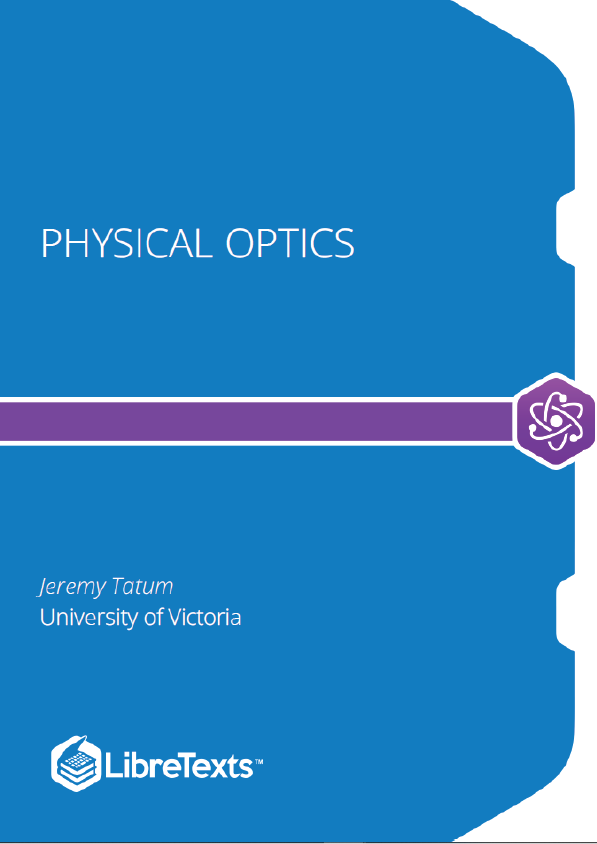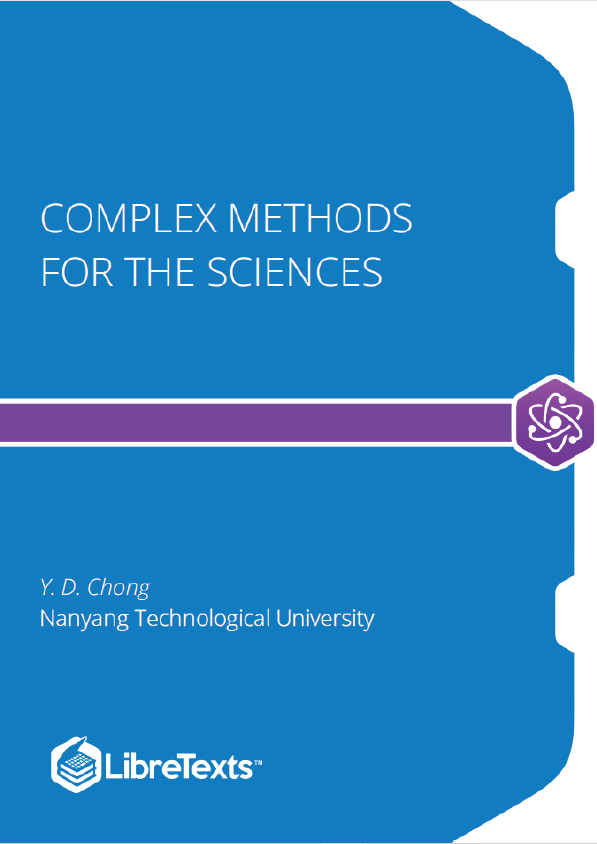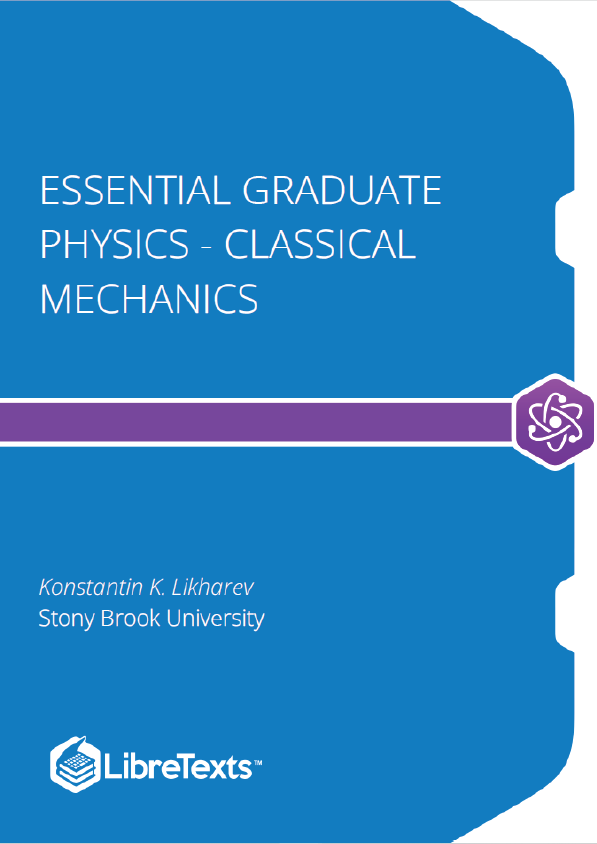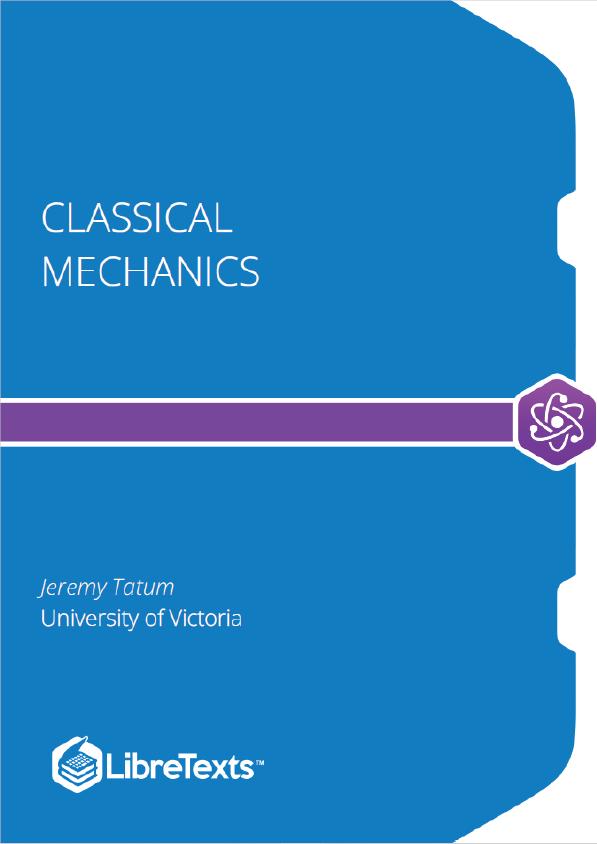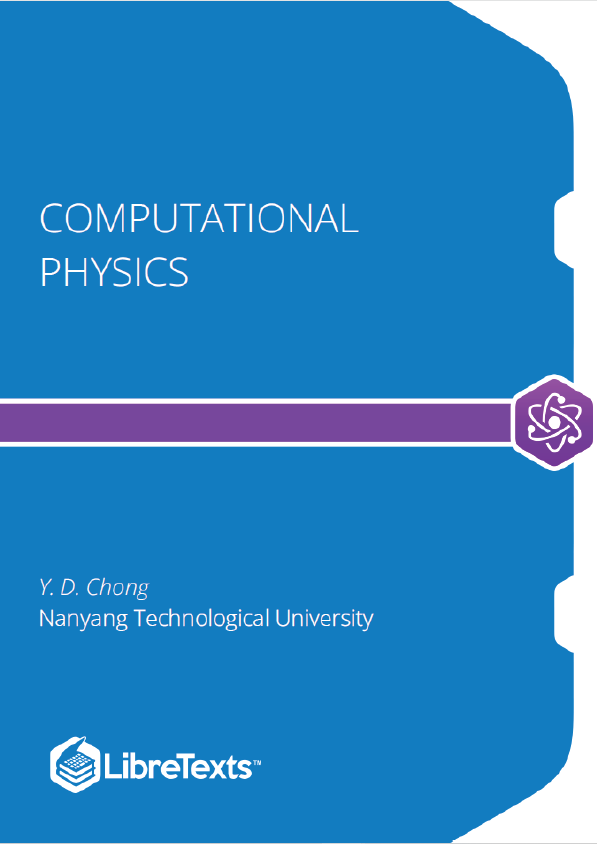The idea for a “radically modern” introductory physics course arose out of frustration with the standard two-semester treatment of the subject. It is basically impossible to incorporate a significant amount of “modern physics” (meaning post-19th century!) in that format. It seemed to us that largely skipping the “interesting stuff” that has transpired since the days of Einstein and Bohr was like teaching biology without any reference to DNA. We felt at the time (and still feel) that an introductory physics course for nonmajors should make an attempt to cover the great accomplishments of physics in the 20th century, since they form such an important part of our scientific culture.
The writing style of the text is quite terse. This partially reflects its origin in a set of lecture notes, but it also focuses the students’ attention on what is really important. Given this structure, a knowledgeable instructor able to offer one-on-one time with students (as in our recitation sections) is essential for student success. The text is most likely to be useful in a sophomore-level course introducing physics majors to the broad world of physics viewed from a modern perspective.
Newton’s Law of Gravitation
In this chapter we study the law that governs gravitational forces between massive bodies. We first introduce the law and then explore its consequences. The notion of a test mass and the gravitational field is developed, followed by the idea of gravitational flux. We then learn how to compute the gravitational field from more than one mass, and in particular from extended bodies with spherical symmetry. We finally examine Kepler’s laws and learn how these laws and the conservation laws for energy and angular momentum may be used to solve problems in orbital dynamics.
It is possible to formally prove this result using arguments like those posed in figure 13.3, but perhaps the easiest way to understand this result is via the analogy with the flow of water. If we think of the mass as something which destroys water at a certain rate, then there must be an inward flow of water through the surfaces in the left and center examples in figure 13.5. Furthermore, the volume of water per unit time flowing inward through these surfaces is the same in the two examples, because the rate at which water is being destroyed is the same. In the right case the mass is not contained inside the surface and though water flows into the volume bounded by the surface, it also flows out the other side, resulting in a net outward (or inward) volume flux through the surface of zero.
Effects of Relativity
So far our discussion of gravity has been completely non-relativistic. We will not explore in detail how the theory of gravity changes in a completely relativistic treatment. As we noted earlier in the course, Einstein’s general theory of relativity covers this, and the mathematics are formidable. We confine ourselves to two comments:
- As noted previously, gravity is locally equivalent to being in an accelerated reference frame. However, unlike the simple example which we studied earlier, there is in general no universal frame of reference that is everywhere inertial to which we can transform.
- Space is even more non-Euclidean in general relativity than in special relativity. In particular, there is no such thing as a straight line in the geometry of general relativistic spacetime. This is true because spacetime itself is curved. An example of a curved space is the surface of a sphere. Clearly, a straight line cannot be embedded in this space. The closest equivalent to a straight line in a curved space is a geodesic curve. On a sphere great circles are geodesic curves. In general relativity, objects subject only to the force of gravity move along geodesic curves.
